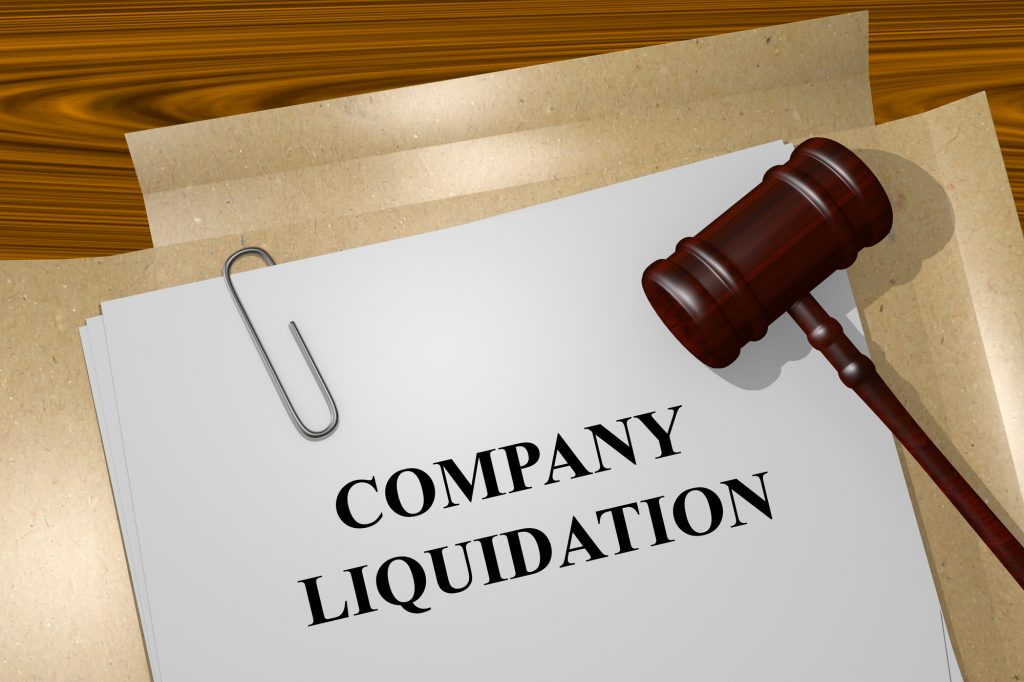Browse the selections on Amazon, and you’re likely to see something more than massive corporations making a fortune in e-commerce. Sure, Amazon sells a lot of its products directly (hundreds of millions of products, actually), but Amazon is also a marketplace platform that welcomes small businesses selling wares of their own. It’s not just Amazon either: These sorts of businesses are also present and thriving on eBay and other marketplace platforms.
How can they compete? Amazon, after all, enjoys staggering economies of scale that enable it to undercut even relatively large competitors. Small businesses must dedicate comparatively larger portions of their budgets to overhead and other basic expenses, and small business owners must ensure that their profits are high enough to sustain them.
One of the keys to understanding the role of third-party sellers is the thriving liquidations and returns industry. Independent small business sellers on Amazon and other platforms often hawking products they got at a big discount, allowing them to price their wares competitively and still profit. Let’s take a closer look at liquidations and returns businesses, how they work, and (most importantly) how they make money.

Buying low
With massive corporations like Amazon dominating e-commerce and massive corporations like Walmart dominating the in-person retail experience, it’s hard to see how small businesses can compete. As hinted above, the key to low pricing is pretty simple: Just keep overhead low.
The genius of liquidations and returns is that small businesses use the size of their competition to their advantage. A company like Amazon or Walmart thinks big; they can make a slim per-product profit because they deal in such high volumes. What makes them efficient also makes them wasteful. These companies are not the sort of operations that want to dedicate a lot of resources to evaluating and restocking returned products or selling off old products to make room for new ones. For Amazon or Walmart-level big-box sellers, it’s often simpler to just offload entire pallets of returned or unsold merchandise on the cheap. They liquidate these products in bulk, exchanging them for quick cash and not worrying too much about taking a loss. For Amazon and the rest, these sorts of losses are chump change.
But this isn’t chump change to an individual or a small business. It’s real money. So when Online Welding Equipment Auctions or other similar auction companies have these big-box and e-commerce pallets up for sale, savvy small business owners scoop them up and gain inventory at a discount. For a small business owner, a liquidation auction is a chance to get products for even less than Amazon gets them. And that means that small business owners can sell those same products cheaply while still making a profit.
Selling just high enough
Profiting off of inventory of the sort described above is made a whole lot easier by the low price of acquisition. Not all returned products are worth resale, of course, and there is some risk involved in buying these pallets. Other products may be worth some money but not a ton; they may or may not be worth the time and effort that it takes to post and sell them. Other products can be real gems, too, and those products can total up to be worth much more than the price a small business owner pays for the liquidated pallet.
Those are the items that the business owner will post on marketplaces like eBay and, yes, Amazon itself. As the business owner gets more and more familiar with the marketplace and the products, he or she will become better and better at pricing things to maximize profit while ensuring quick and easy sales.
Liquidations businesses are not foolproof, of course, but they can be very successful. Perhaps yours will take off with the right partners and a good business plan.
